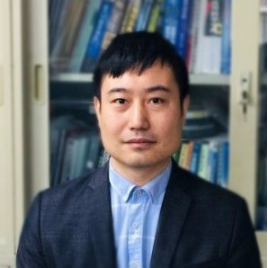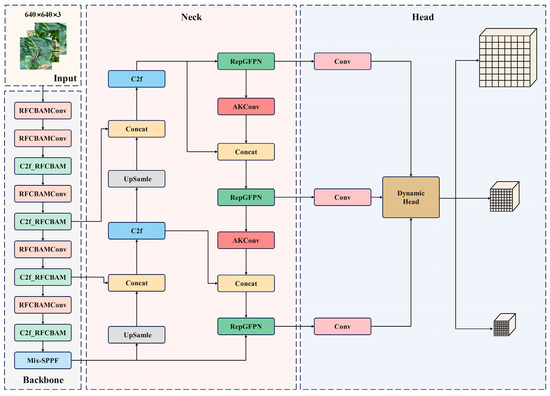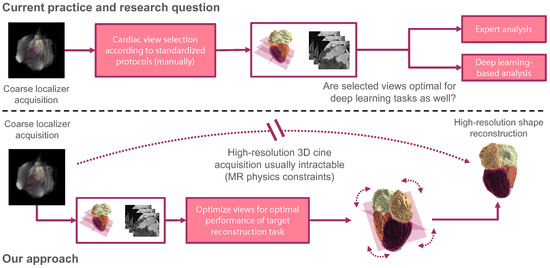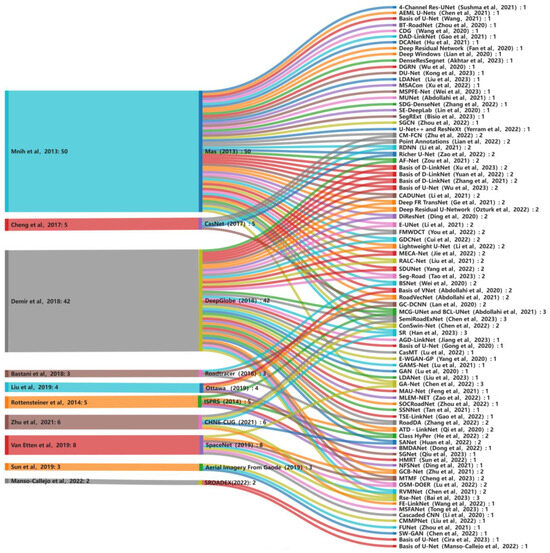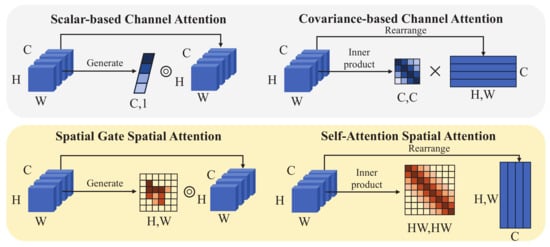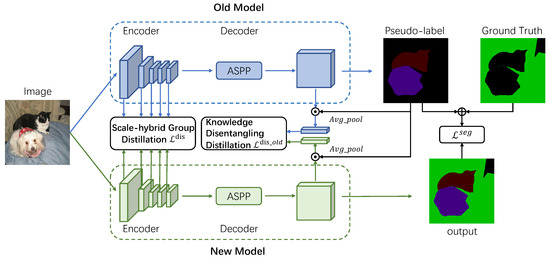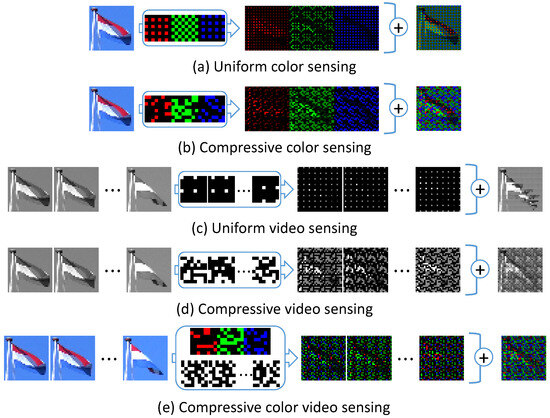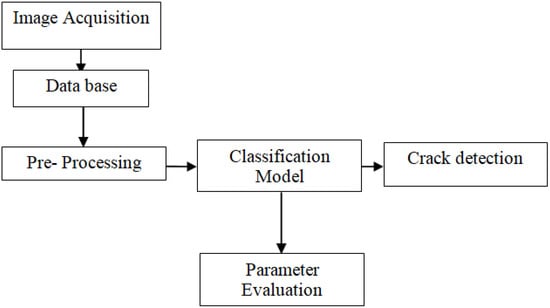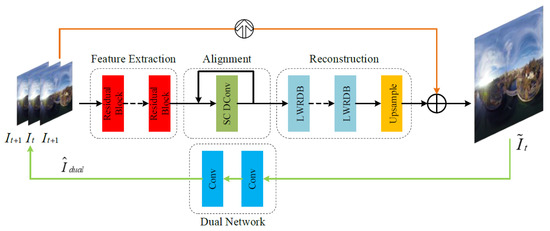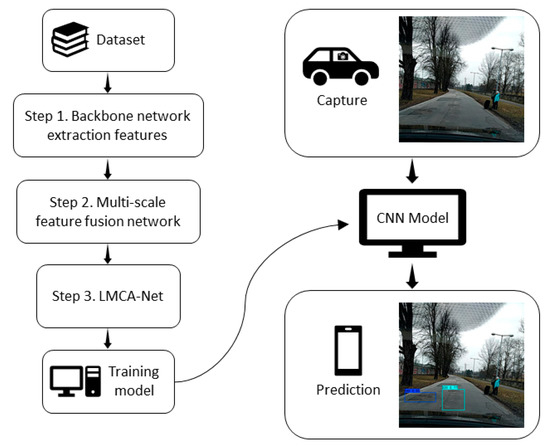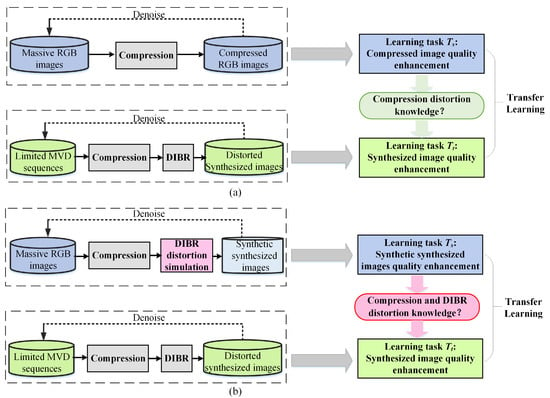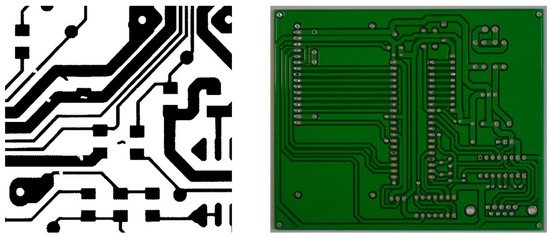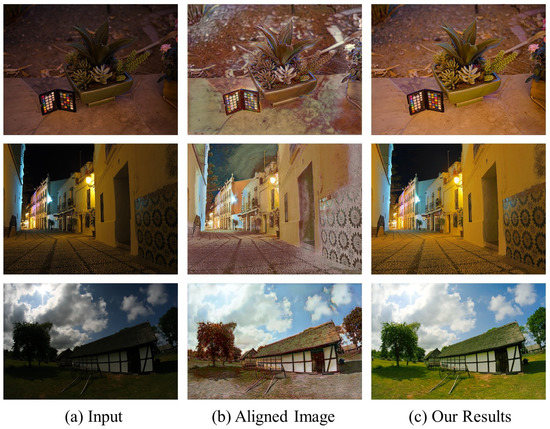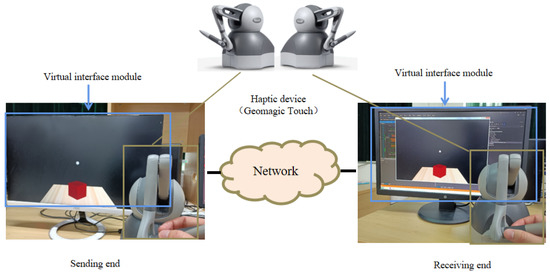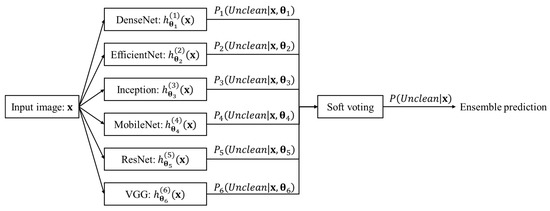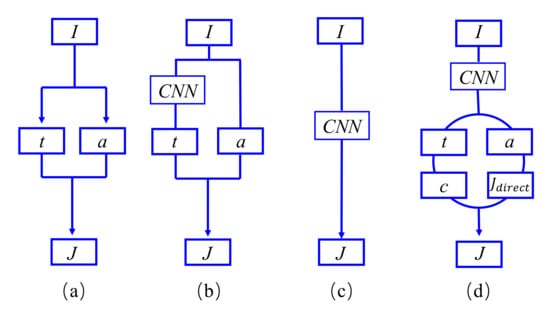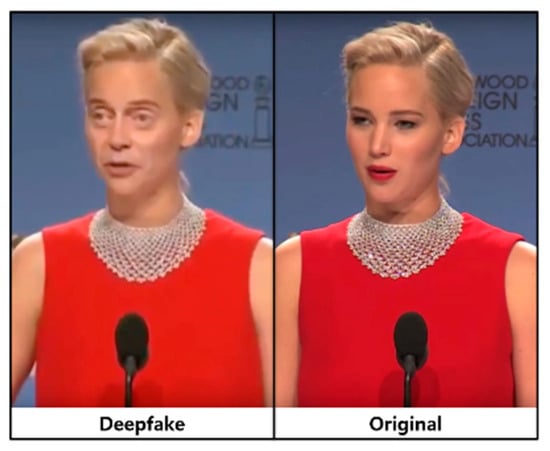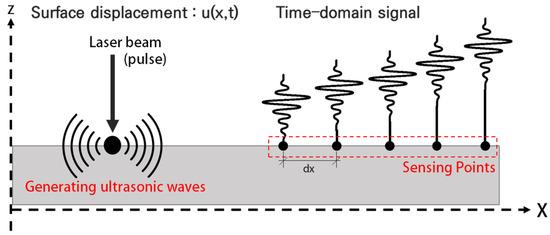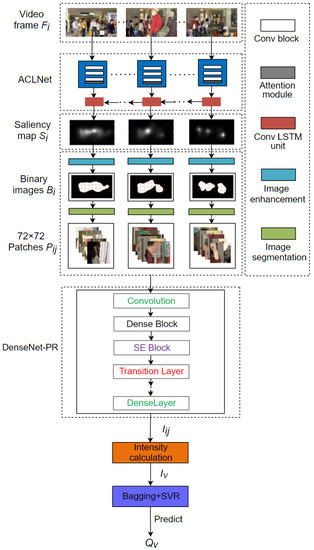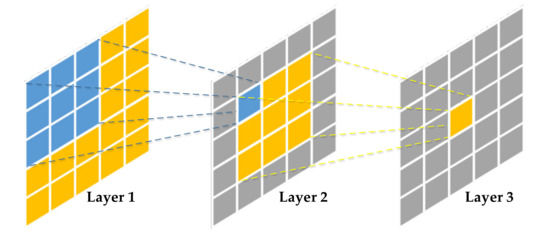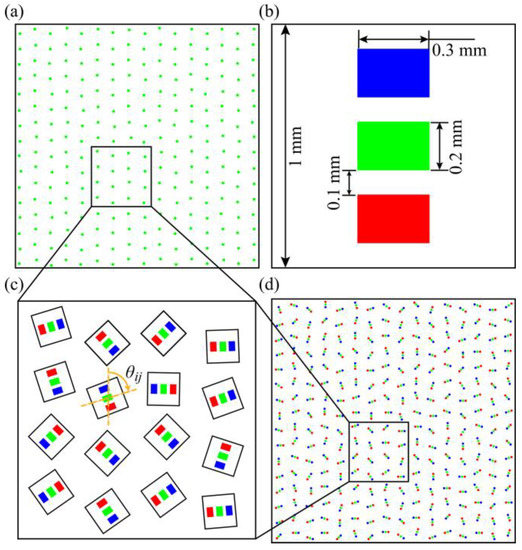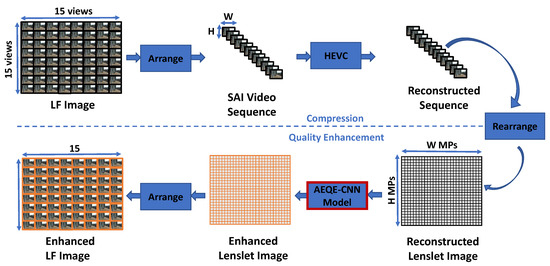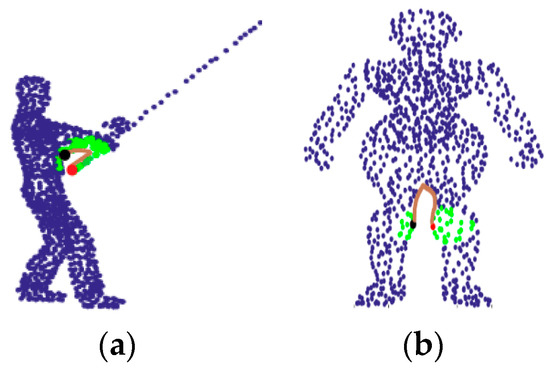Advances in Deep-Learning-Based Sensing, Imaging, and Video Processing
A topical collection in Sensors (ISSN 1424-8220). This collection belongs to the section "Sensing and Imaging".
Viewed by 208388Editors
Interests: video coding; image processing
Interests: image processing; video processing; image segmentation; machine learning
Interests: image processing; machine learning; solar radio astronomy; synthesis aperture imaging
Topical Collection Information
Dear Colleagues,
Deep learning techniques are capable of discovering knowledge from massive unstructured data and providing data-driven solutions. They have significantly improved technical advancements in many research fields and applications, such as audio-visual signal processing, computer vision, and pattern recognition. Additionally, deep learning and its improved techniques are expected to be included in future sensors and imaging systems.
Today, with the rapid development of advanced deep learning models and techniques, such as GAN, DNN, RNN, and LSTM, and the increasing demands around the effectiveness of visual signal processing, new opputunities are emerging in advances in deep-learning-based sensing, imaging, and video processing. This Special Issue aims at promoting cutting-edge research along this direction and offering a timely collection of works for researchers. We welcome high-quality original submissions related to advances in deep-learning-based sensing, imaging, and video processing.
Topics of interest include, but are not limited to
- Deep learning theory, framework, database, and learning optimization;
- Deep-learning-based remote sensing, multispectral, and/or high spectral sensing;
- Deep-learning-based computational imaging and pre-processing;
- Deep-learning-based visual perceptual model and quality assessment metrics;
- Deep-learning-based image/video compression and communication;
- Deep-learning-based 3D/multiview sensing, imaging, and video processing;
- Deep-learning-based depth sensing and estimation;
- Deep-learning-based image/video rendering, reconstruction, and enhancement;
- Deep-learning-based visual object detection, tracking, and understanding;
- Low complexity optimizations on deep-learning-based sensing, imaging and video processing;
- Other advanced deep-learning-based visual sensing and signal processing.
Prof. Dr. Yun Zhang
Prof. Dr. Sam Kwong
Prof. Dr. Xu Long
Prof. Dr. Tiesong Zhao
Collection Editors
Manuscript Submission Information
Manuscripts should be submitted online at www.mdpi.com by registering and logging in to this website. Once you are registered, click here to go to the submission form. Manuscripts can be submitted until the deadline. All submissions that pass pre-check are peer-reviewed. Accepted papers will be published continuously in the journal (as soon as accepted) and will be listed together on the collection website. Research articles, review articles as well as short communications are invited. For planned papers, a title and short abstract (about 100 words) can be sent to the Editorial Office for announcement on this website.
Submitted manuscripts should not have been published previously, nor be under consideration for publication elsewhere (except conference proceedings papers). All manuscripts are thoroughly refereed through a single-blind peer-review process. A guide for authors and other relevant information for submission of manuscripts is available on the Instructions for Authors page. Sensors is an international peer-reviewed open access semimonthly journal published by MDPI.
Please visit the Instructions for Authors page before submitting a manuscript. The Article Processing Charge (APC) for publication in this open access journal is 2600 CHF (Swiss Francs). Submitted papers should be well formatted and use good English. Authors may use MDPI's English editing service prior to publication or during author revisions.
Keywords
- deep learning
- neural network
- video compression
- visual quality assessment
- image and video enhancement
- mutlispetral sensing and imaging









